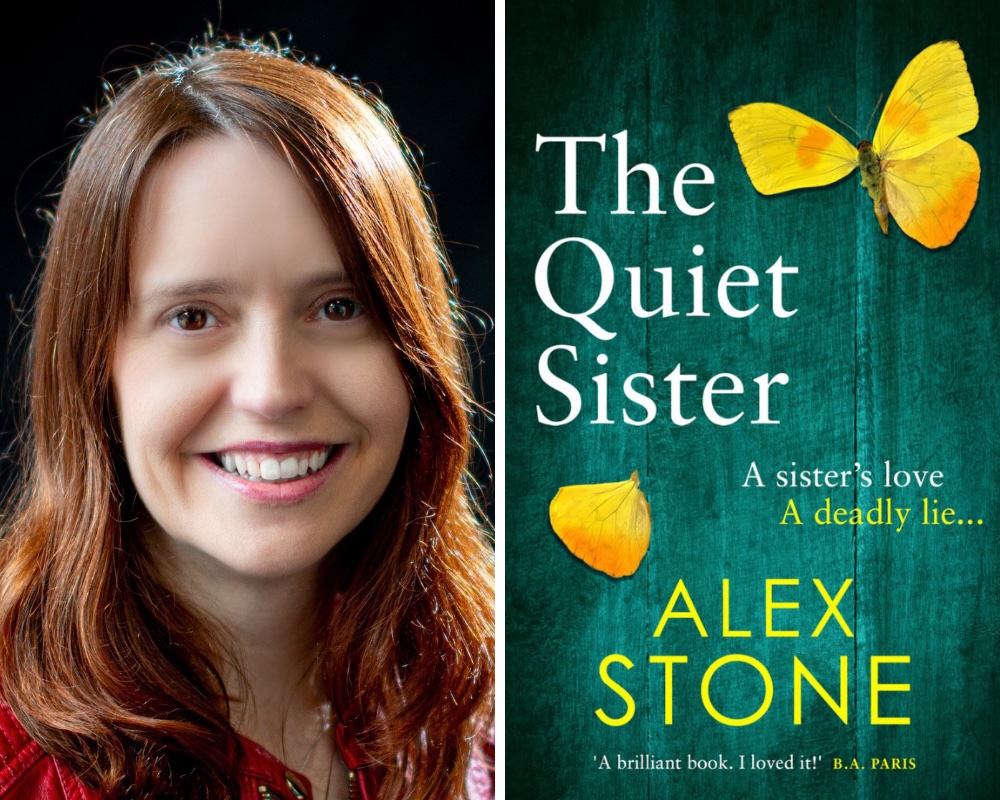Alex Stone explains why twin sibling rivalry features at the heart of her latest psychological thriller

Sibling relationships have always fascinated me, especially those infused with rivalry, unresolved tensions, and unspoken truths. In my new psychological thriller, The Quiet Sister, I explore the complexities of sisterhood through Chloe and Mia, twins whose bond has always been tangled with competition, resentment, and long-buried secrets.
While I didn’t set out to write about twins, their story naturally emerged. As the narrative developed, I realized how much power a twin relationship could bring to the novel’s core themes of guilt, grief, and identity. At its heart, The Quiet Sister is a story about family trauma, but introducing Mia and Chloe’s twin dynamic added an extra element.
Chloe has spent her whole life carrying the guilt of her mother’s death. Her father, unable to cope with his grief, directed his pain and anger toward Chloe, blaming her for a tragedy she was too young to prevent. That burden of guilt shaped her sense of self-worth and the way she navigates relationships.
The idea of Mia, her twin, emerged from exploring what it would mean to have a sibling who experienced the same trauma but from a different perspective. Chloe was the quiet, obedient twin, yet it was the confident and mischievous Mia who was their father’s favourite. After their mother’s death, the divide between them widened, with Mia taking their father’s side, mirroring his avoidance of responsibility and regret. But being the favourite carried its own burdens. While Chloe lived under the weight of blame, Mia lived under the pressure of expectations, shaping her life in ways she didn’t entirely choose.
As the novel progresses, tensions between Chloe and Mia escalate, and their rivalry takes on dangerous new dimensions. As their relationship fractures further, they must confront not only their versions of the past but also the truth that neither was as alone in their suffering as they believed.
This sibling dynamic allowed me to delve deeper into the themes of identity, perception, and the weight of the past. One moment shaped Chloe’s view of who she is—a belief reinforced by her father’s blame and Mia’s distance. Desperate for acceptance but convinced she’s not good enough, Chloe struggles to find her place in the world, making reckless decisions in an attempt to fit in.
In the end, The Quiet Sister is about the stories we tell ourselves to survive and the reckoning that comes when those stories begin to unravel.
The Quiet Sister is published by Boldwood Books on 10 March


